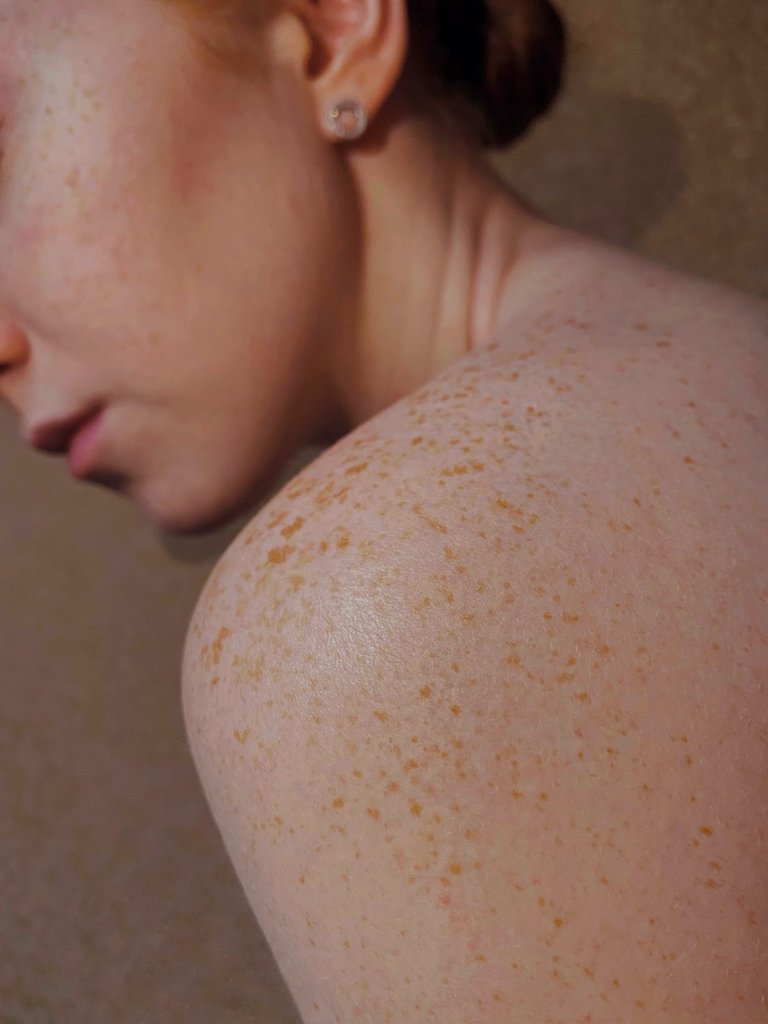Skin cancer is the most common cancer among Americans, and it’s also the most treatable. The best way to reduce your risk of getting skin cancer is to avoid it. But that doesn’t mean you have to be exposed to ultraviolet (UV) rays every day. There are specific ways to protect against skin cancer, and even fight it if it does occur. Let’s take a look at what you need to know about skin cancer - the possible truth that you are not aware of
What is skin cancer?
Skin cancer is a kind of cancer that grows on the skin. It can develop on any part of the body, but most often develops on the face, hands, and body areas exposed to the sun’s rays. It is generally a slow-growing cancer, but can spread quickly if not treated promptly.
The papules, pustules, nodules, and ulcers that form the early signs and symptoms of skin cancer are often due to other skin diseases. These may be mistaken for pimples or acne. The use of a sunscreen while outside is essential to prevent sunburn, but it is not a treatment for skin cancer.
While skin cancer can occur on any part of the body, it is more likely to develop on the arms, legs, and trunk, as we spend more time outdoors in these areas. Skin cancer is also more likely to occur in people with a history of skinning. This means that the skin on your arms, legs, and trunk has been exposed to the sun’s UV rays often, and there is a potential for developing the cancer. You may have no signs or symptoms of skin cancer. Or, you may experience several different skin cancers at the same time. And, while the earlier the diagnosis, the more treatable the cancer will be. Typically, the first signs of skin cancer are papules and pustules.
These are the same as acne, and occur due to a build-up of dead skin cells. The papules usually appear on the Forearm, Elbows, and Hands. Pustules appear on the Forearm, Elbows, and Forearm. The first sign of skin cancer on your face is a white line across your forehead. This line marks the location of your last face melanoma (skin cancer). The first sign on your body other than your face is a red, scaly skin on your body.
How to spot skin cancer

If you’re experiencing the first signs of skin cancer, the easiest way to spot the cancer is to look in a mirror. When you’re looking in the mirror, smooth your skin with your hands so that there are no red marks. If you’re experiencing several skin cancers at the same time, you may also want to look in the mirror and see if there is a bald spot on your head. This is a sure-fire sign that you have cancer.
If you have skin cancer and are wondering what treatment options are available, the answer is simple – surgical removal. There are various types of skin cancer surgery, but the most advanced treatments involve removing both your skin cancer and the underlying tumor. There are also medications that can be used to treat skin cancers. Unfortunately, these are not a “cure” for skin cancer, but simply treat the symptoms. While sunscreens can be used to prevent skin cancer, they won’t prevent or treat the underlying cause of the cancer. That’s why you should also wear a hat and use a sunscreen when you’re not outside in the sun.
If you’re experiencing skin cancer symptoms, it’s best to focus on preventing them. That means wearing a hat when you’re outside, wearing gloves when you’re outside, and using a sunscreen when you’re outside. Unfortunately, many people don’t follow these easy steps, and end up with skin cancer. And, when they’re diagnosed with skin cancer, it’s often too late to take steps to prevent it.
Risk factors for developing skin cancer
Unfortunately, there are a number of things that can increase your risk of developing skin cancer. They are: Wearing a hat while outside. Wearing sunglasses when you’re outside. Using a tanning bed (even for a single session) or giving self-tanning lotion to others. Excessive exposure to the sun’s UV rays. Not applying sunscreen when you’re outside. Melanoma is the most common type of skin cancer. Skin cancer is treatable, but it’s usually a slow growing cancer. If you have skin cancer, there are certain risk factors that can be reduced or eliminated.
If you have any of the following risk factors, you are at increased risk of developing skin cancer: Wearing a hat while outside. Wearing sunglasses while outside. Using a tanning bed (even for a single session) or giving self-tanning lotion to others. Excessive exposure to the sun’s UV rays. Not applying sunscreen when you’re outside. Remember, if you’re experiencing skin cancer symptoms, it’s best to get them investigated. You can do that by coming in to see us at our Nokesville office. We can help you shop for a quality sunscreen, as well as schedule a skin cancer test.
:
(1). https://www.everydayhealth.com/skin-cancer/guide/
(2). https://www.britannica.com/science/skin-cancer
(3). https://www.cancersupportcommunity.org/blog/skin-cancer-awareness-month
(4). https://www.healthline.com/health/skin-cancer#types
(5). https://my.clevelandclinic.org/health/diseases/15818-skin-cancer
Skin cancer is a very terrible disease, it is so sad that there is no treatment for the disease but early detection would giv room for efficient treatment.
Thanks for your contribution to the STEMsocial community. Feel free to join us on discord to get to know the rest of us!
Please consider delegating to the @stemsocial account (85% of the curation rewards are returned).
Thanks for including @stemsocial as a beneficiary, which gives you stronger support.